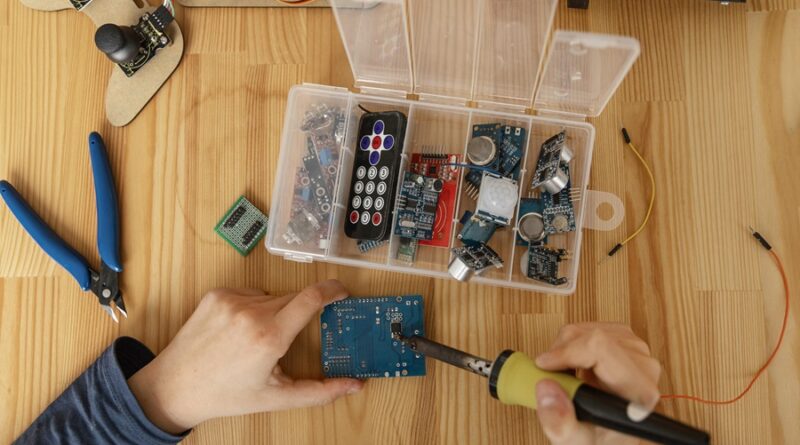Files Critical for PCB Manufacturing: A Complete Guide
In PCB manufacturing, accurate design files are essential for smooth production and reliable results. Each step—layout, fabrication, and assembly—requires specific files that communicate essential instructions to the manufacturer. Let’s dive into the details of these files, including their structure, importance, and the data they contain.
- Schematic File: Provides a visual representation of all electrical connections in the circuit. It helps ensure the design logic is correct and serves as a reference during troubleshooting.
- Bill of Materials (BOM): Lists all components with part numbers, descriptions, and values, making sourcing easier.
Key Data Required in BOM:
- Quantity: Number of components needed.
- Reference: Component identifier (like R1, C1, etc.).
- Value: Resistor or capacitor values, etc.
- Part Type: Component type (resistor, IC, connector).
- PCB Footprint: Physical size and layout for the component.
- Manufacturer Part Number / Generic Part Number: Unique identification for sourcing.
- Manufacturer Name: Supplier or component manufacturer.
- Description: Short detail of the part’s purpose or features.
Sample BOM File Format (photo)
A typical BOM file may look like this (in .CSV, .xls format)
-
Gerber Files: The Core of PCB Fabrication
Gerber files are essential for manufacturing and define every layer of the PCB, from copper traces to silkscreen and solder masks.
Key Data in a Gerber File:
- Copper Layer Data: Defines electrical connections and traces on top and bottom layers.
- Solder Mask Layer: Specifies the areas to be protected from solder.
- Silkscreen Layer: Includes component labels, logos, and other markings.
- Drill Data: Coordinates for vias and through-holes.
- Board Outline: The exact dimensions of the PCB.
Why Gerber Files Are Important:
Without accurate Gerber files, manufacturers cannot create precise boards, leading to potential electrical issues, incorrect dimensions, or alignment errors.
-
Pick-and-Place File (P&P): The Key to Automated Assembly
The Pick and Place file allows automated machines to precisely place both surface mount (SMD) and through-hole components on the PCB. Without this file, our team would need to manually create the placement data, which can increase production time and risk errors during assembly.
When customers supply a well-prepared Pick and Place file, it ensures:
- Accurate Component Placement: Avoiding misalignment or incorrect orientations.
- Faster Turnaround: Minimizing the need for manual adjustments.
- High-Quality Assembly: Ensuring reliable electrical performance of the finished product.
How to Create Pick-and-Place (PnP) Data for PCB Assembly
Pick-and-Place (PnP) data is essential for automated PCB assembly. It tells the machines where and how to place components on your board. Here’s a quick guide:
Steps to Create Pick-and-Place Data
-
Use PCB Design Software
Open your PCB layout in tools like Altium, KiCad, or Eagle.
Go to the Assembly Output section and export the Pick-and-Place file.
-
What the File Should Contain:
– Reference Designator: Identifies the component (e.g., R1, U2).
– X, Y Coordinates: Exact position of the component on the PCB.
– Rotation: Placement angle (0°, 90°, etc.).
– Layer: Indicates if the component is on the Top or Bottom layer.
-
Review the Data:
Check the file for errors.:
Sample P&P File Format: (photo)
A typical pick-and-place file may look like this (in .CSV, .xls format):
-
Test and Save:
Save the final version and share it with your assembly partner for any final checks.
Quick Tips:
– Ensure design origin matches the machine’s origin.
– Double-check orientation for polarized parts (like capacitors).
– Use version control to track changes.
With these steps, your PnP file will be assembly-ready, ensuring a smooth manufacturing process! Let me know if you need more details.
Conclusion
Each design file—from schematics to Gerber and pick-and-place files—plays a vital role in the PCB manufacturing process. Accurate files ensure smooth production, prevent errors, and enable faster delivery. At PCB Power, we prioritize precision and offer comprehensive support to ensure every project is successful.
Whether you need fabrication, assembly, or turnkey solutions, we’ve got you covered. Start your online PCB order today and experience hassle-free manufacturing with PCB Power!



